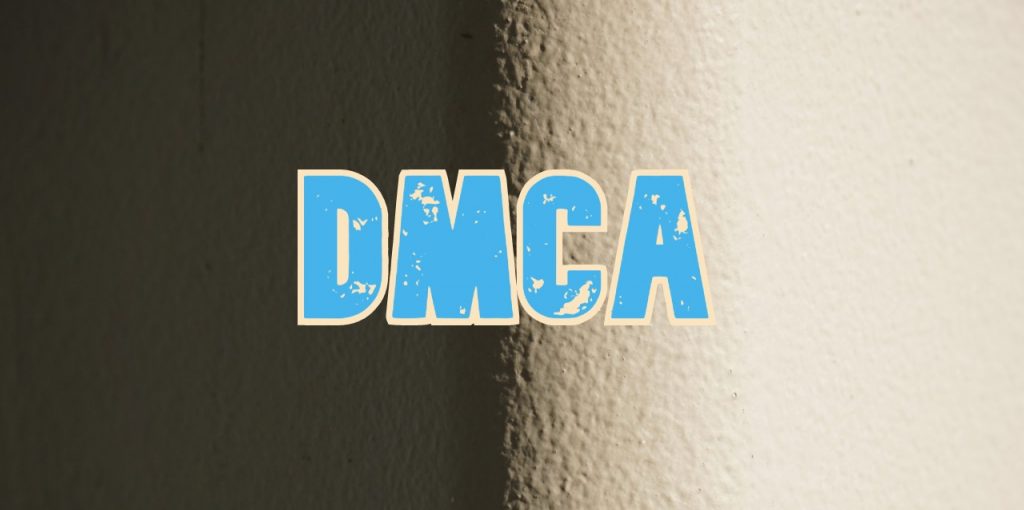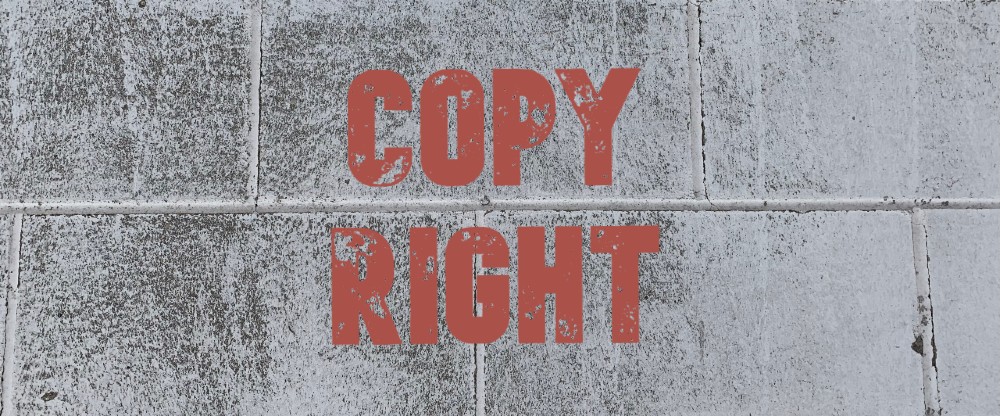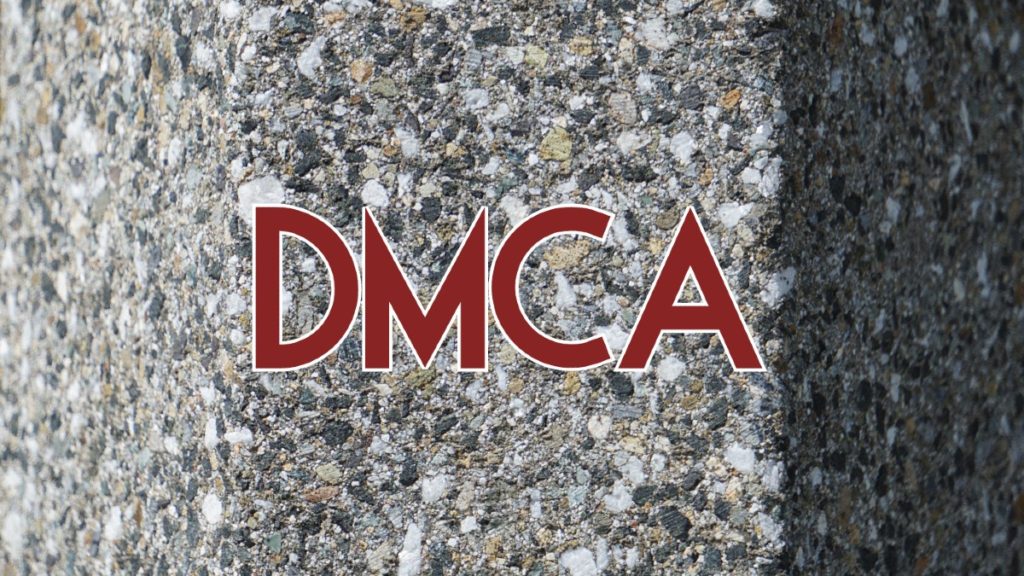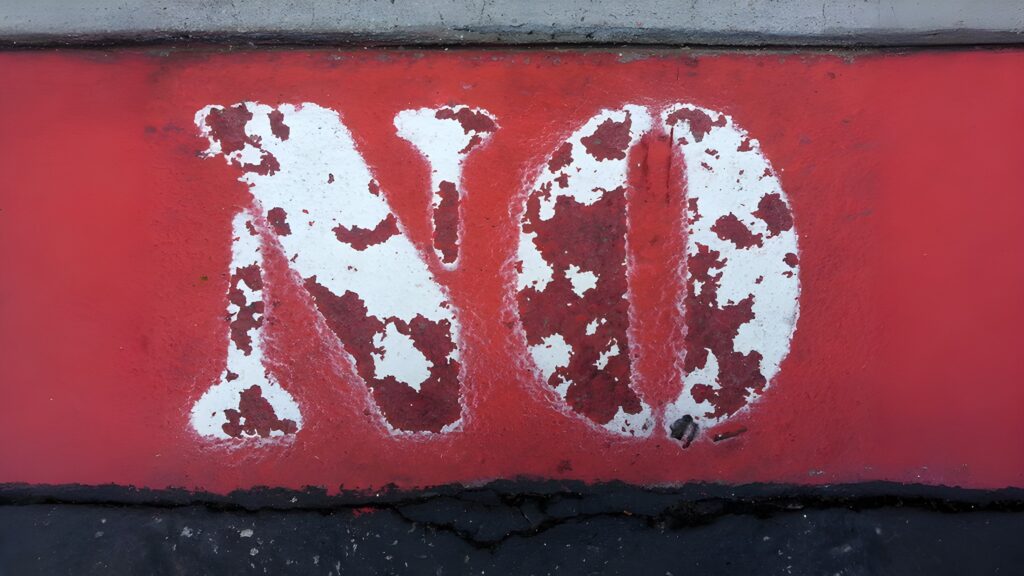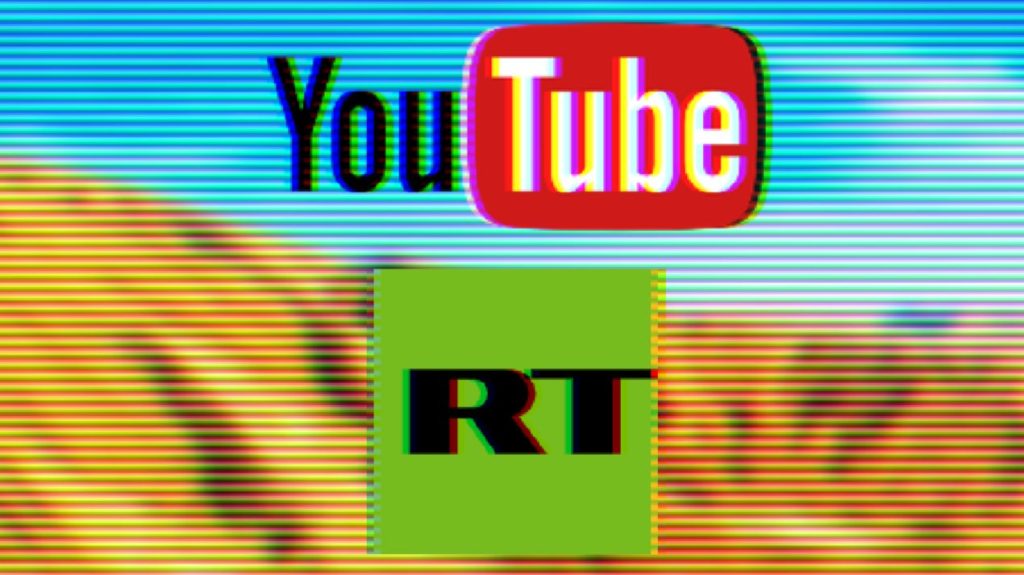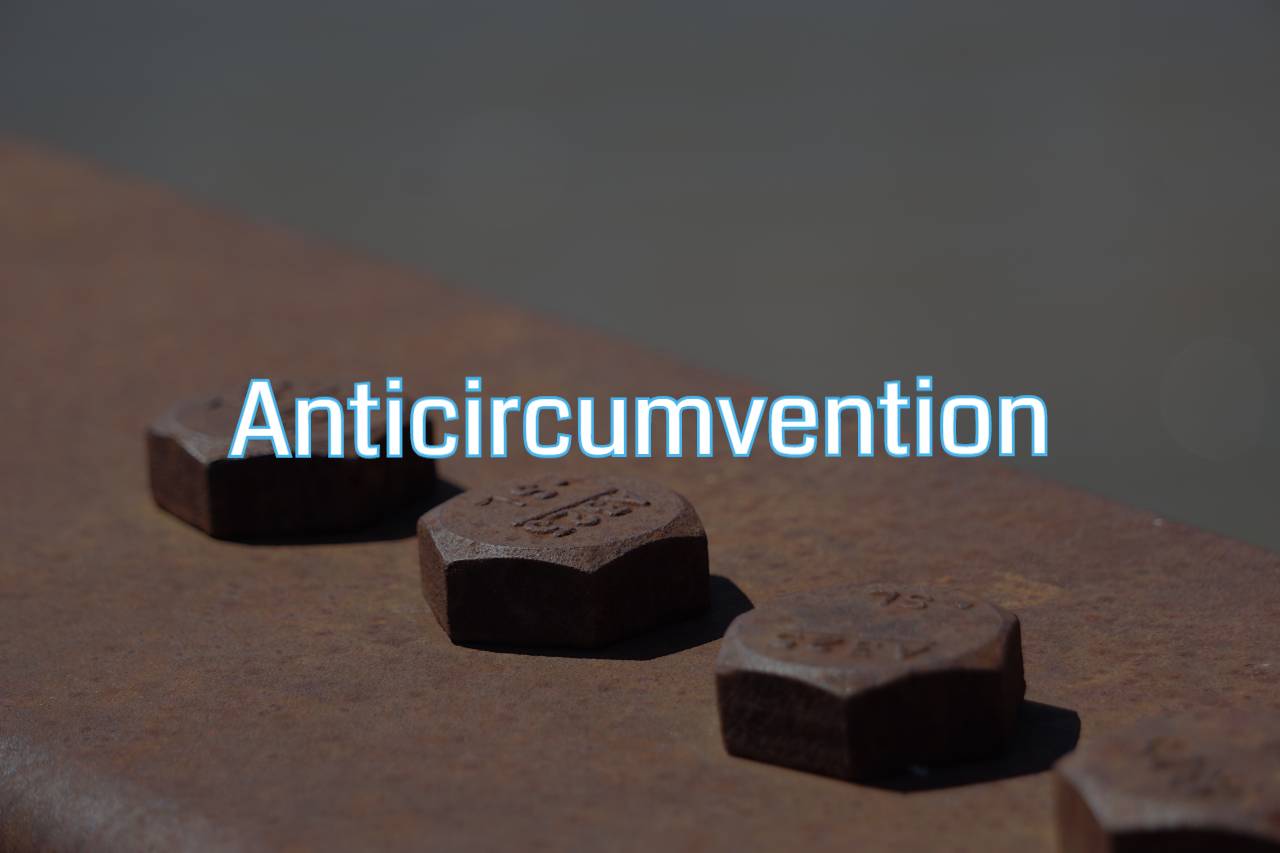A dispute between a digital artist and his former employer over content rights resulted in a court allowing the employee’s DMCA claim while striking the employee’s state law claims.
For over five years, plaintiff worked for defendant, crafting digital street scenes of San Francisco to train the company’s self-driving vehicles. But plaintiff’s passion for digital art extended beyond his day job. So, in his spare time, using his own equipment, he created intricate urban scenery for video games, which he then sold on the Epic Games marketplace.
When defendant learned of plaintiff’s side hustle, it claimed plaintiff’s project infringed defendant’s copyright rights. It demanded that plaintiff cease all sales of his digital art. Plaintiff refused to comply. He argued that his creations were made on his own time, with his own resources, and did not utilize any proprietary information from defendant.
Defendant considered plaintiff’s refusal as a resignation and terminated his employment. But that did not end the matter. Defendant escalated the situation by sending a takedown notice to Epic Games under the Digital Millennium Copyright Act (DMCA), alleging that plaintiff’s content infringed on defendant’s copyrighted material. This resulted in Epic removing plaintiff’s content from its marketplace.
The lawsuit
Plaintiff sued, claiming that that defendant sent the takedown notice in bad faith, asserting federal claims under the DMCA and state law claims for interference with contractual relations, interference with prospective economic advantage, and violation of California’s Unfair Competition Law. Defendant moved to dismiss the DMCA claim and also moved to strike the state law claims under California’s anti-SLAPP statute, which aims to prevent lawsuits that chill the exercise of free speech.
The court’s decision
The court denied defendant’s motion to dismiss the DMCA claim, allowing plaintiff’s federal claim to proceed. It found that plaintiff had sufficiently alleged that defendant acted in bad faith when it issued the takedown notice, a key requirement under Section 512(f) of the DMCA. But the court granted defendant’s motion to strike the state law claims. It held that the state law claims were preempted by the DMCA and were also barred by California’s litigation privilege, which protects communications made in anticipation of litigation.
Shande v. Zoox, Inc., 2024 WL 2306284 (N.D. Cal., May 21, 2024)




